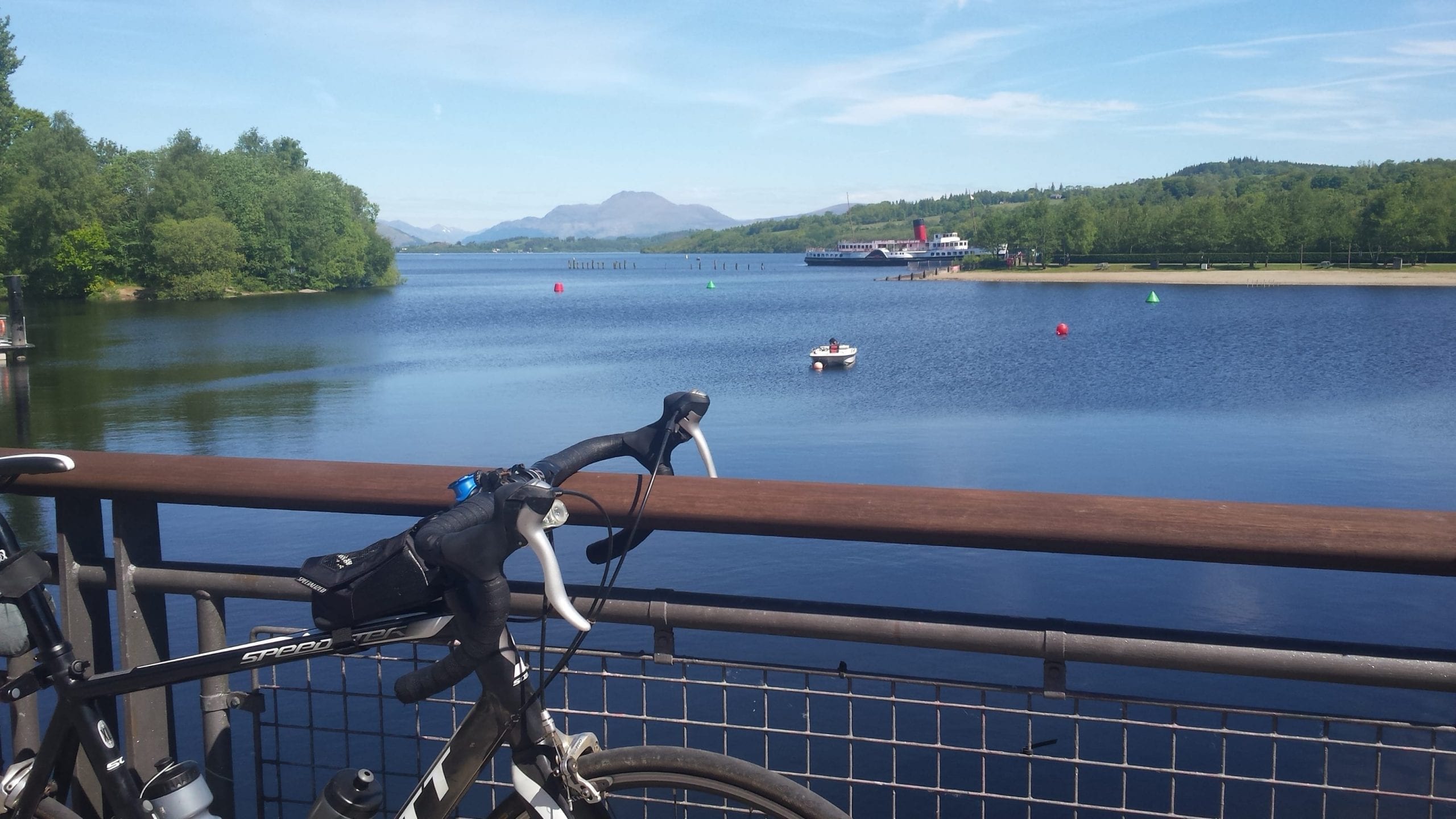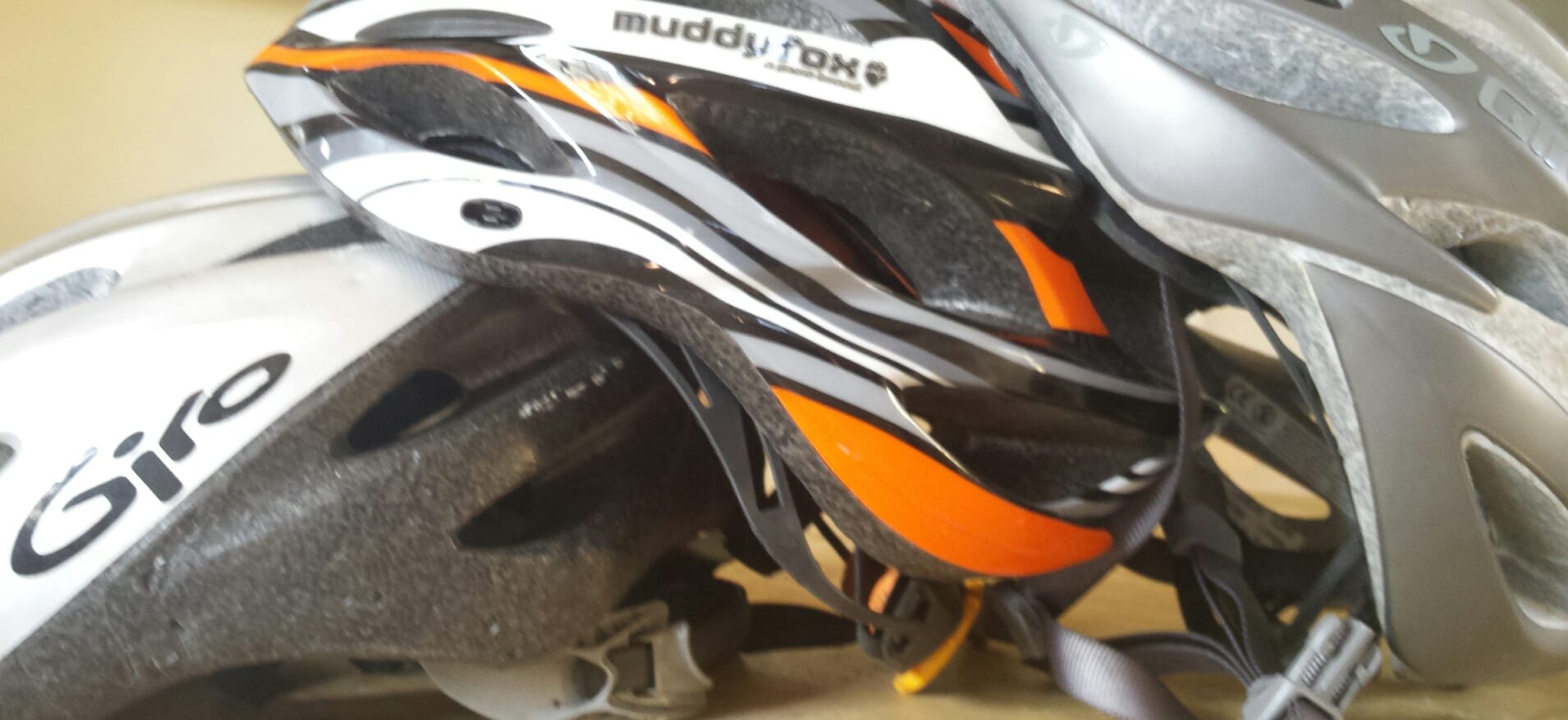Weather in the North Pennines is such that I normally don’t have much choice but to take the mountain bike out when I fancy a spin at this time of year. One advantage of this year’s warmer weather is we’re yet to have any significant snow and getting out on the road bike is still an option; the major disadvantage is all that water that normally falls as snow has fallen as rain and is flooding the place, so even when it’s not raining the roads are wet. These are my top ten things to think about when riding a road bike in the wet.
1 – Use mudguards
When its not raining down, spray from the road will mean it’s effectively raining up soaking your shoes, legs, and backside. Even if you can tolerate that, you’re not going to be popular with other riders and pedestrians you pass.
2 – Wear appropriate clothes
Overshoes – Wet feet are cold feet. If it’s raining the temperature shouldn’t be too low and your overshoes will keep your feet dry and your toes toasty. While we’re here, those insightful Swedes say there’s no such thing as bad weather, just inappropriate clothing. So to keep as dry as possible, wear a good jacket designed for cycling, wicking base layers (it won’t matter how breathable your jacket is, you’re going to sweat, so get it away from your skin as quickly as possible), and water-resistant tights or leg-warmers.
3 -Â Be seen
Rain and spray mean even in daylight you’ll be harder to see than normal. Fit lights and make sure they’re on. In fact, do everything you can to be seen. Wear as much reflective or HiViz gear as you can, jacket, overshoes, etc.
5 – Beware of hidden potholes
Road surfaces deteriorate in the winter and standing water can mean that what looks the same as the shallow puddles you’ve been cycling through the whole ride is actually a wheel-buckling pot hole. Watch out for gravel and other road debris around puddles as an indicator of which ones you should avoid.
6 – Be aware of slip hazards
Manhole covers, tram rails, and any other metal in the road. Road markings, particularly new ones. Lines of bitumen around road repairs. Patches where the road surface has been worn shiny. Leaves and gravel. All of these have the potential to turn your tyres into skates and send you sliding across the road. Watch out for them. Oh, and horse poo. Not so much of a problem for you urbanites out there, but out here in the wilds, it’s a common occurrence on the road and is very slippery when wet. And smelly too. Probably.
7 – Don’t lean hard into the corners
Cornering hard relies on tyre grip and tyre grip depends on friction. Rubber on dry roads is a good creator of friction. Rubber in the wet, isn’t. And you’ll only need a tiny bit of slip from one of the things in #7 to see you clattering across the road.
8 – Check your brakes
Disc brakes are suited to wet conditions – though don’t get cocky; lower friction on wet surfaces means it’s easier to lock up – rim brakes aren’t as effective, so be wary when you’re approaching junctions and take notice of the increase in distance you need to stop.
9 – Don’t get close to the edge
Riding close to the edge of the road more in wet conditions is more perilous than on dry days. Persistent or heavy rain washes grit, gravel, and all sorts of road debris onto the road surface. Spiky metally things, sharp glassy bits, and even pointy stones collect in the area near the gutters and ditches. In the wet they’re more likely to stick to your tyre and cause a puncture. And you don’t want to be fixing a flat in the wet, if you can help it.
10 – Clean your bike
Road salt, water, grit and muck all cling to your bike in the wet. You’ll be cold and tired when you finish, but make sure you wash your bike down and lubricate the drive chain. If you don’t you’ll be looking at a rusty mess tomorrow.



 One sunny late spring evening a narrow strip of fresh, luscious black Tarmac squeezed between two low, wide hedgerows plots my gently rising course to three imposing oaks on a ridge half a mile ahead. The warm air is filled with a reassuringly rural ring of birdsong, bleating livestock and the distant hum of a tractor at work. Hidden by the hawthorn hedge, a disturbance in the meadow demands attention. Seconds later a heron’s large grey wings claw at the air desperate to gain height. In its beak the spoils of a nest raid. A Lapwing circles behind in sceeching protest and widens its flightpath to issue a warning for me not to approach its nest.
One sunny late spring evening a narrow strip of fresh, luscious black Tarmac squeezed between two low, wide hedgerows plots my gently rising course to three imposing oaks on a ridge half a mile ahead. The warm air is filled with a reassuringly rural ring of birdsong, bleating livestock and the distant hum of a tractor at work. Hidden by the hawthorn hedge, a disturbance in the meadow demands attention. Seconds later a heron’s large grey wings claw at the air desperate to gain height. In its beak the spoils of a nest raid. A Lapwing circles behind in sceeching protest and widens its flightpath to issue a warning for me not to approach its nest.